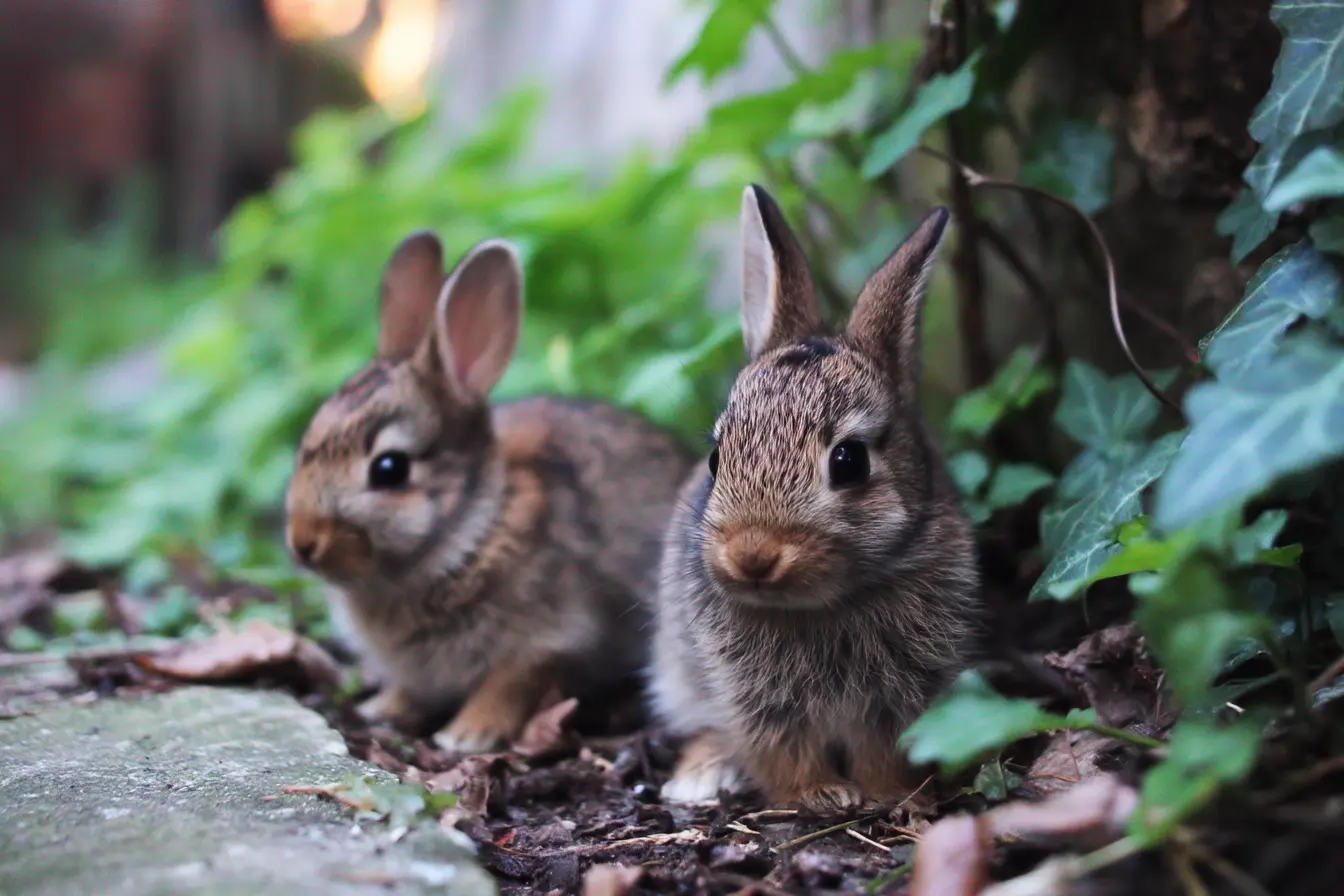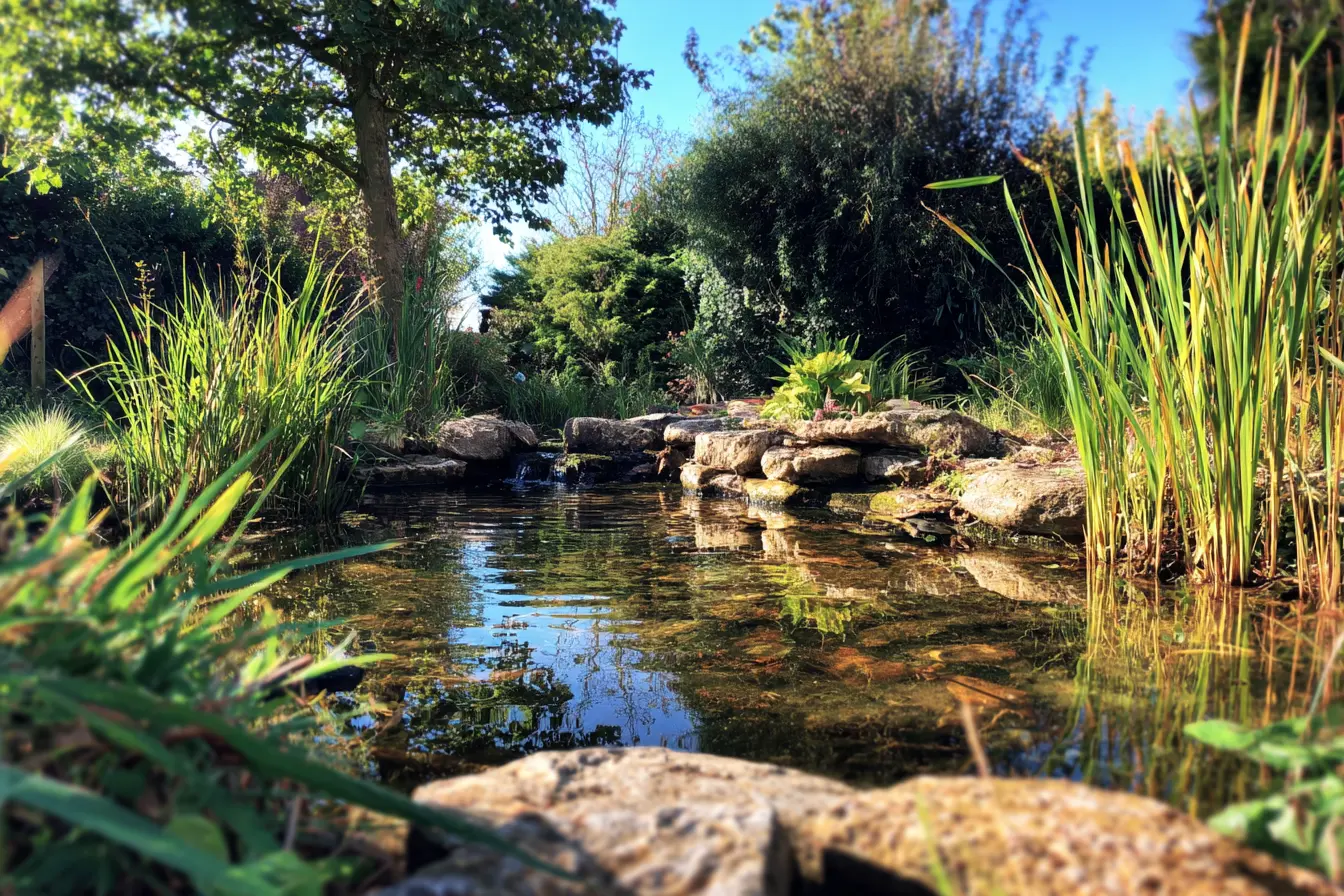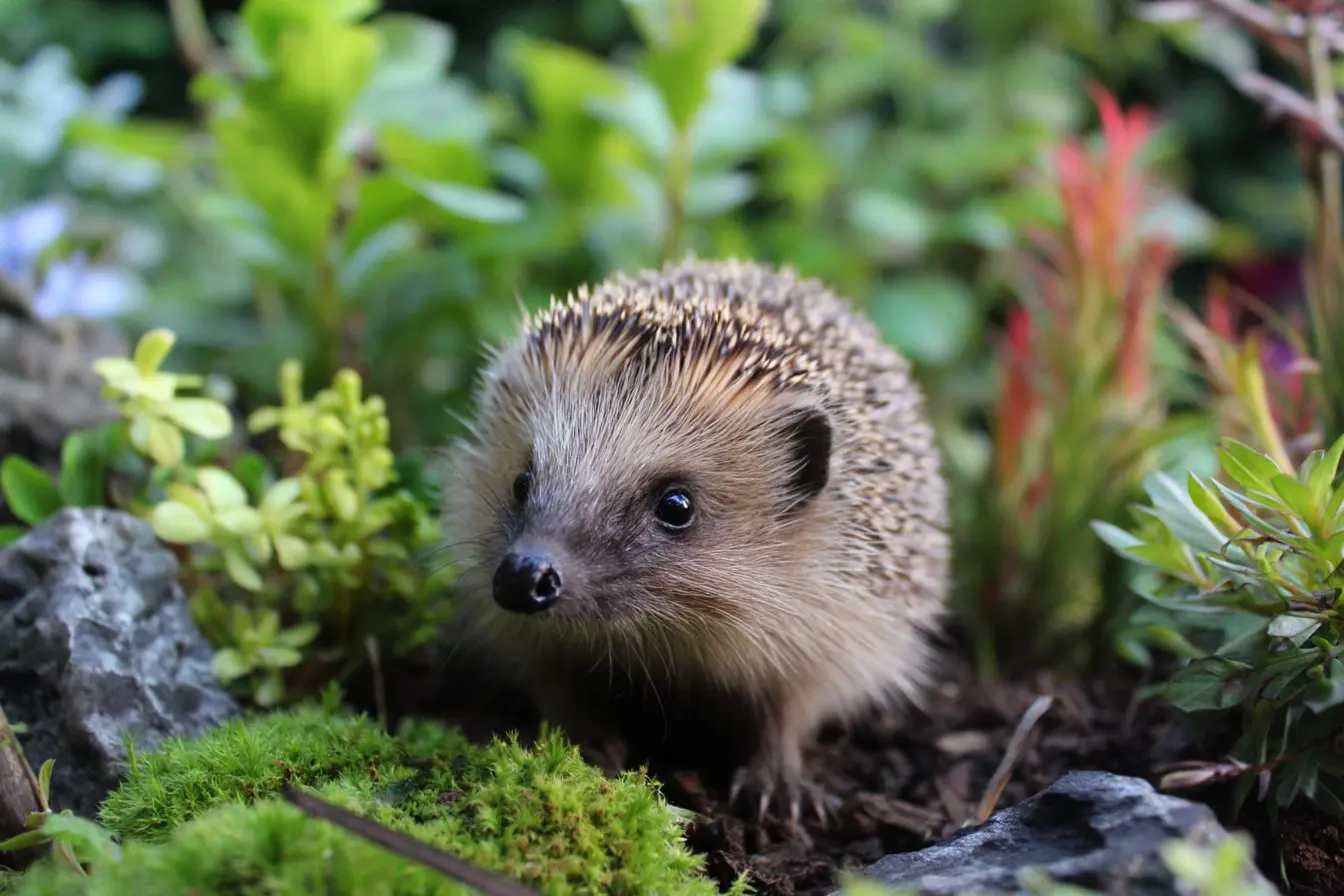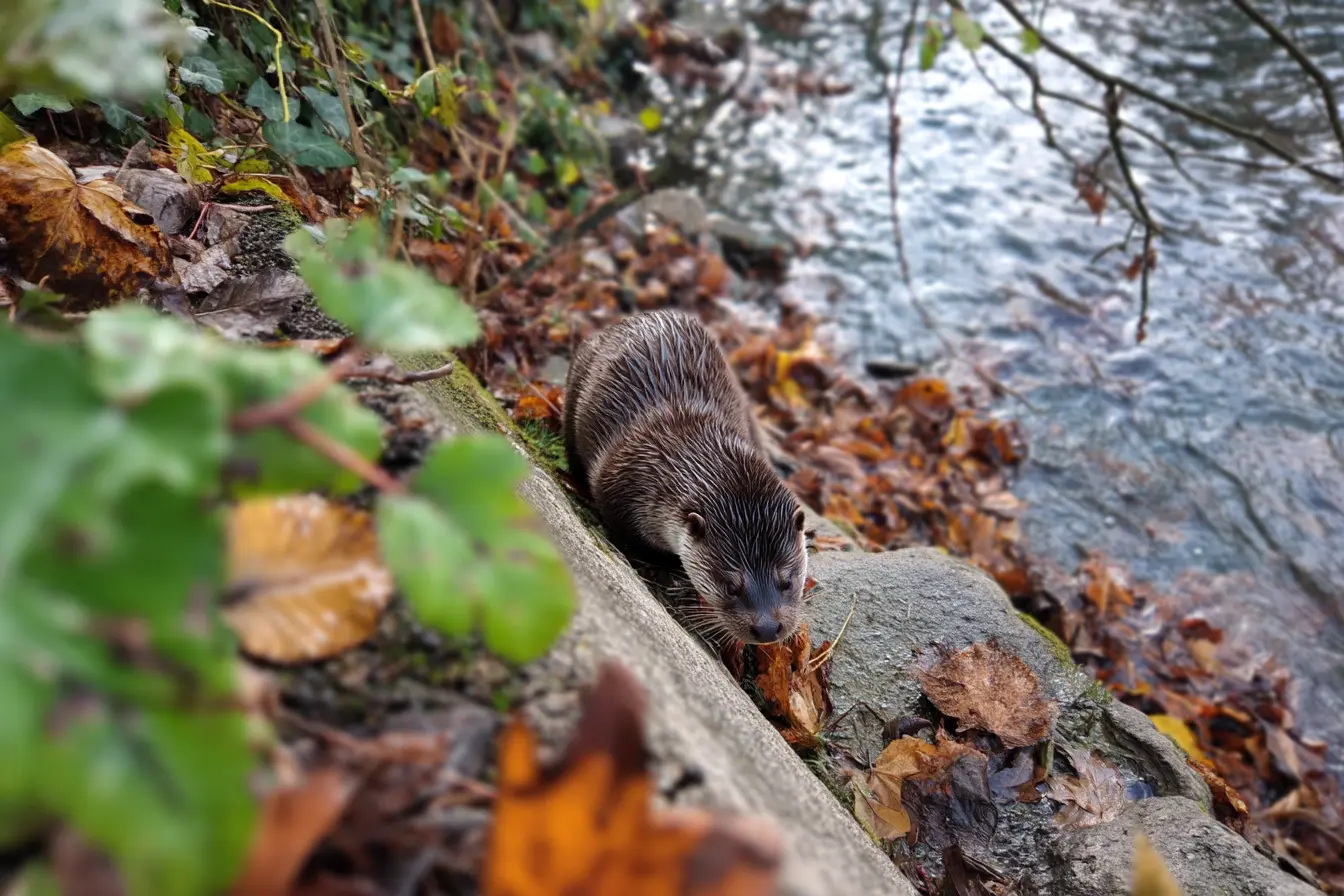
What to Do If You Find an Owl in Your Garden or on Your Land
Owls are captivating and mysterious birds, often heard before they are seen. While it's a privilege to have one appear in your garden or on your land, it can sometimes raise questions — especially if the owl seems out of place, injured, or vulnerable. This guide will walk you through everything you need to know to assess the situation and respond appropriately.
Common Owls in the UK
Before taking any action, it helps to identify the type of owl. The most common species in the UK include:
- Barn Owl (Tyto alba): Pale, with a heart-shaped face and ghostly appearance
- Tawny Owl (Strix aluco): Brown with a rounded head and classic hooting call
- Little Owl (Athene noctua): Small, stocky, with a fierce stare and spotted plumage
- Long-eared Owl (Asio otus): Slim with long feather tufts on the head
- Short-eared Owl (Asio flammeus): Similar to the long-eared but with shorter tufts and more diurnal habits
Each species behaves differently, and some are more commonly active during the day than others.
Is It Normal to See an Owl During the Day?
Owls are generally nocturnal, but daytime sightings are not always a cause for concern:
- Short-eared Owls are known to hunt during the day, especially in winter
- Juvenile Owls may be exploring outside the nest and can sometimes be found sitting on the ground
- An owl resting in a tree or perched on a building may simply be roosting
However, an owl on the ground that does not attempt to fly away or appears distressed might need help.
When to Be Concerned
You should take action if the owl is:
- On the ground and unable or unwilling to fly
- Injured (e.g. bleeding, drooping wing, limping)
- Caught in netting, fencing, barbed wire, or inside a building
- Very young and apparently abandoned
- Lethargic or being mobbed by other animals
What to Do
Observe Before Intervening
Take a moment to observe from a distance:
- Is it alert and responsive?
- Is it a fledgling that may be learning to fly?
- Is it in immediate danger from traffic, predators, or weather?
If the owl is a fledgling (fully feathered but not yet flying well), it may be safest to leave it alone unless it is clearly in danger. Parent owls often feed young on the ground.
If You Need to Contain the Owl
Only attempt to handle the owl if it is injured, grounded, or in immediate danger. Use the following steps:
- Wear thick gloves to protect yourself from talons and beak
- Approach slowly and calmly
- Use a towel or blanket to gently wrap the owl
- Place it into a ventilated box or pet carrier lined with a towel
- Keep the box in a quiet, warm, and dark place
Do not attempt to feed or give water to the owl. Stress can be fatal in wild birds, and improper feeding can cause more harm.
Contact a Wildlife Rescue Centre
Call for professional help as soon as possible. Useful contacts include:
- RSPCA (England and Wales): 0300 1234 999
- Scottish SPCA: 03000 999 999
- Local wildlife hospitals or bird of prey rescues
- The Barn Owl Trust: 01364 653026, for barn owls specifically
Provide them with details about the owl’s behaviour, location, and any visible injuries.
What to Do If It’s a Young Owl
If the owl is clearly a chick (downy feathers, unable to stand or hop):
- Look for a nest nearby (trees, barns, nest boxes)
- If safe to do so, you can place the chick back in the nest
- If the nest is unreachable or the chick is injured, follow the steps above to contain and contact a wildlife rehabilitator
Owls are not typically rejected by their parents if handled by humans.
Avoiding Common Mistakes
- Do not attempt to raise or keep an owl — it is illegal without a licence and not in the owl’s best interest
- Do not feed meat, milk, or water — owl diets are specialised and improper feeding can be fatal
- Do not release a grounded owl yourself unless advised by a qualified rehabilitator
How to Make Your Land Owl-Friendly
To support local owl populations:
- Maintain open, rough grassland or meadows for hunting
- Install owl nest boxes (especially for barn owls) on trees or buildings
- Avoid use of rodenticides, which can poison owls indirectly
- Preserve mature trees and hedgerows for roosting and nesting
- Keep areas quiet and free of disturbance during nesting season (spring to early summer)
Legal Considerations
All wild owls in the UK are protected under the Wildlife and Countryside Act 1981. This makes it an offence to:
- Intentionally harm or kill any wild owl
- Disturb an active nest
- Possess an owl (or any part of it) without the proper authority
If you find a dead owl, you can report it to the Predatory Bird Monitoring Scheme or a local wildlife trust, as it may be useful for research and conservation.
Final Thoughts
Finding an owl in your garden can be a magical experience. Most of the time, they are best left alone. However, if the owl is injured, grounded, or in clear distress, your swift and informed action can make the difference between life and death. Always seek expert help, and resist the temptation to interfere more than necessary.
For more guidance, visit:
- Barn Owl Trust
- RSPCA
- Fate of the Wild for wildlife rescue listings
By understanding and respecting these incredible birds, you can ensure their continued presence in the UK’s natural landscape.
Vets near you
Speciality vets
- Aquatics vet specialists
- Birds vet specialists
- Camelids vet specialists
- Cats vet specialists
- Cattle vet specialists
- Deer vet specialists
- Dogs vet specialists
- Equines vet specialists
- Exotic vet specialists
- Goats vet specialists
- Pigs vet specialists
- Poultry vet specialists
- Sheep vet specialists
- Small Mammals vet specialists
- Wild vet specialists



